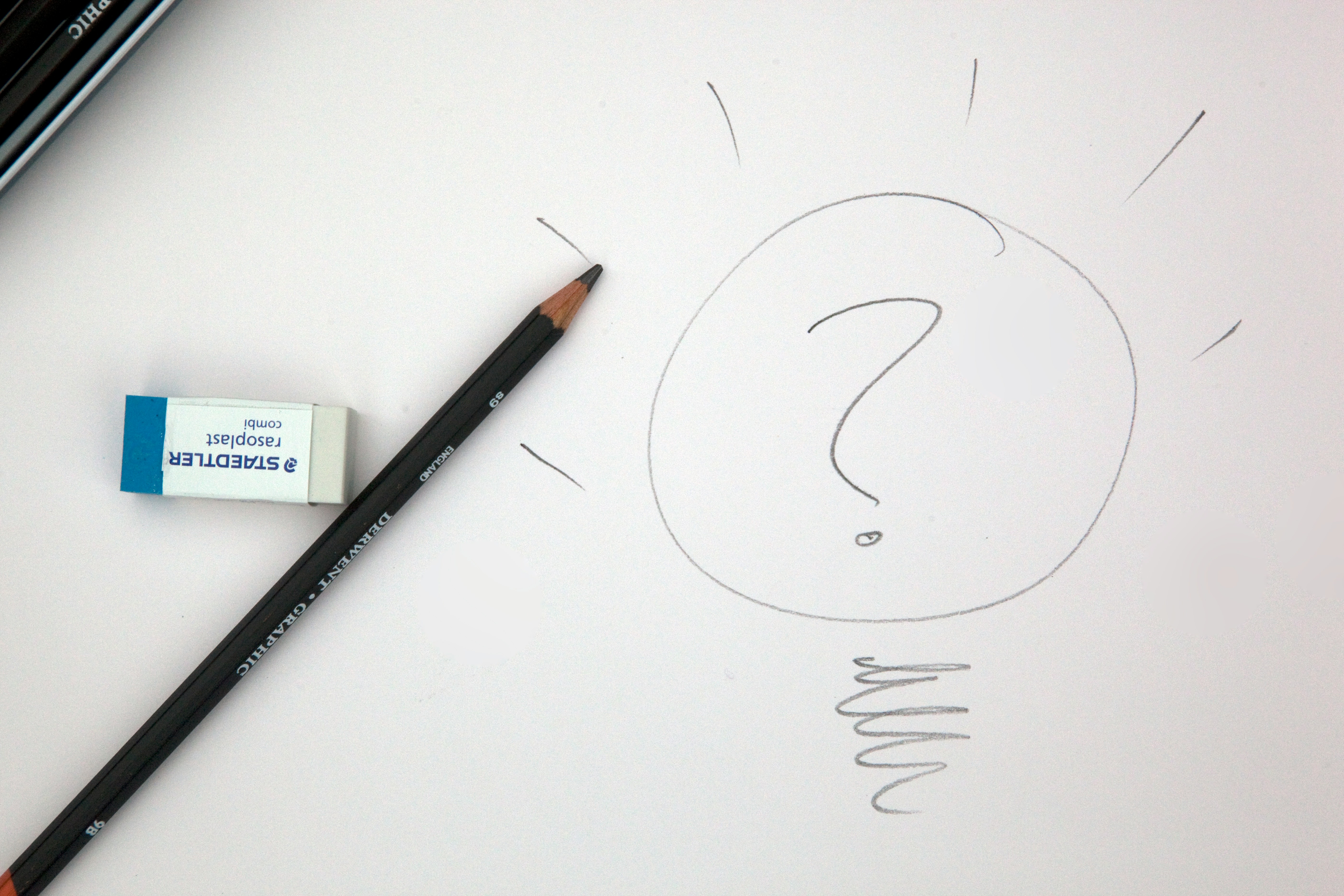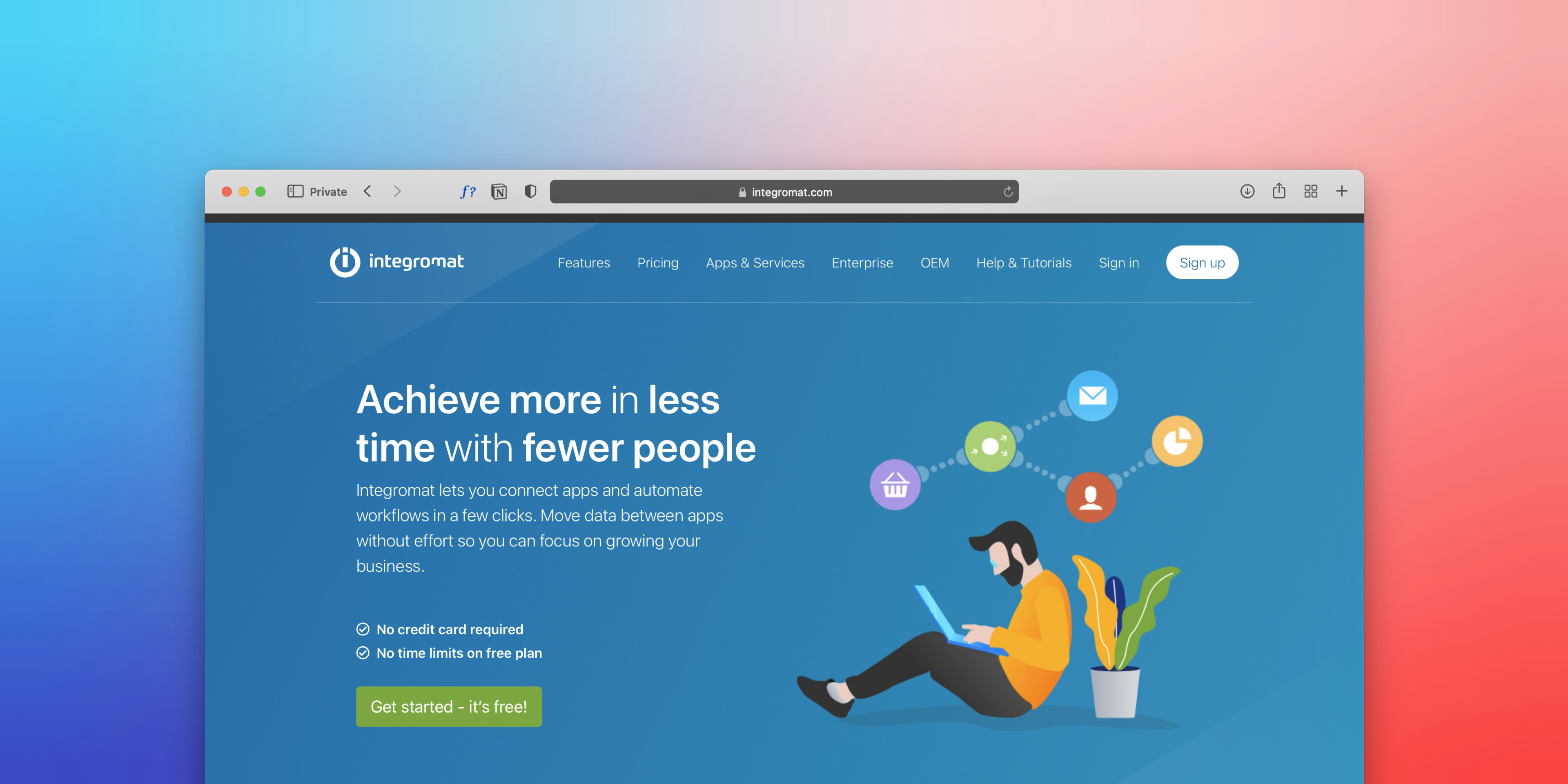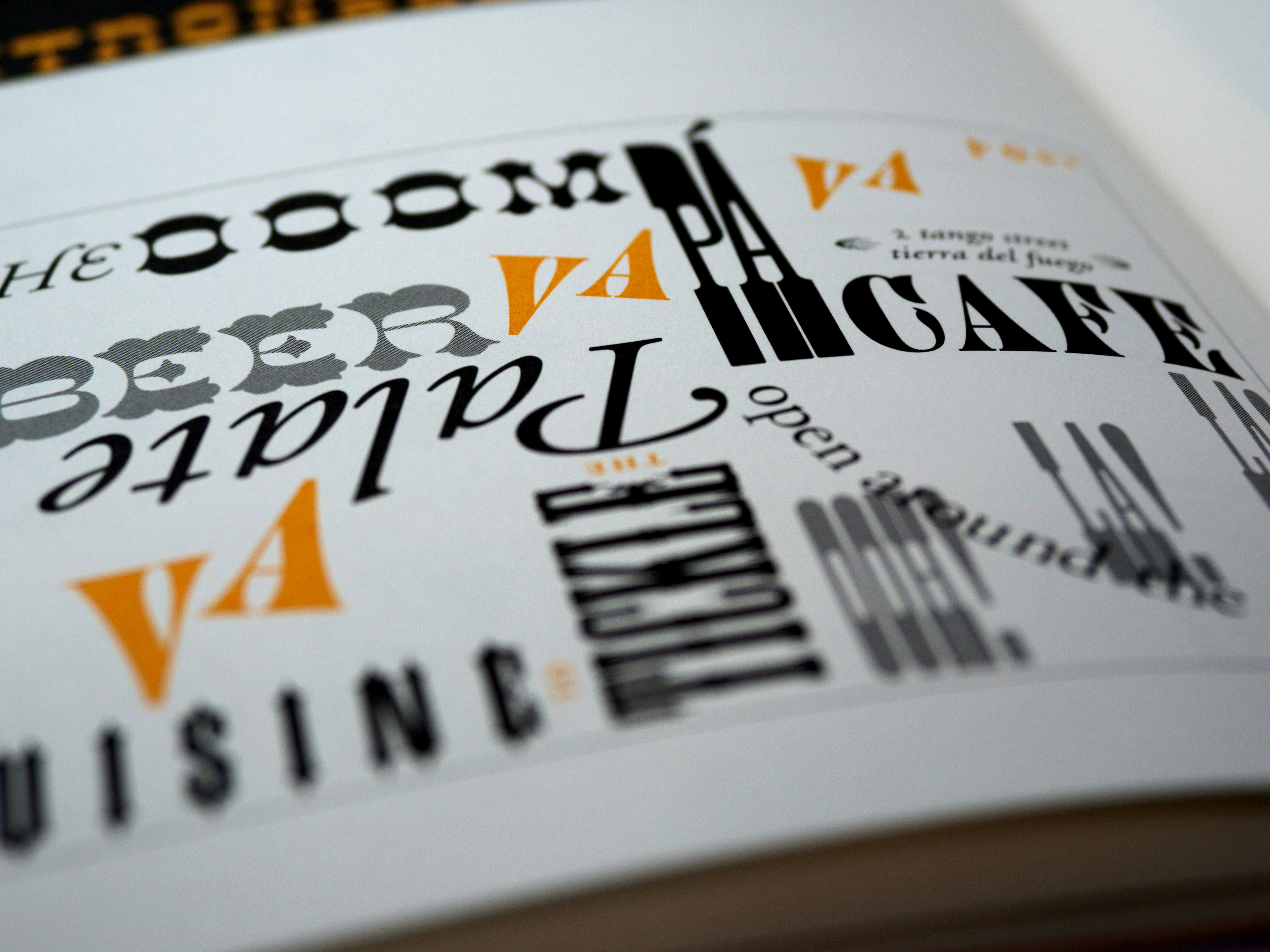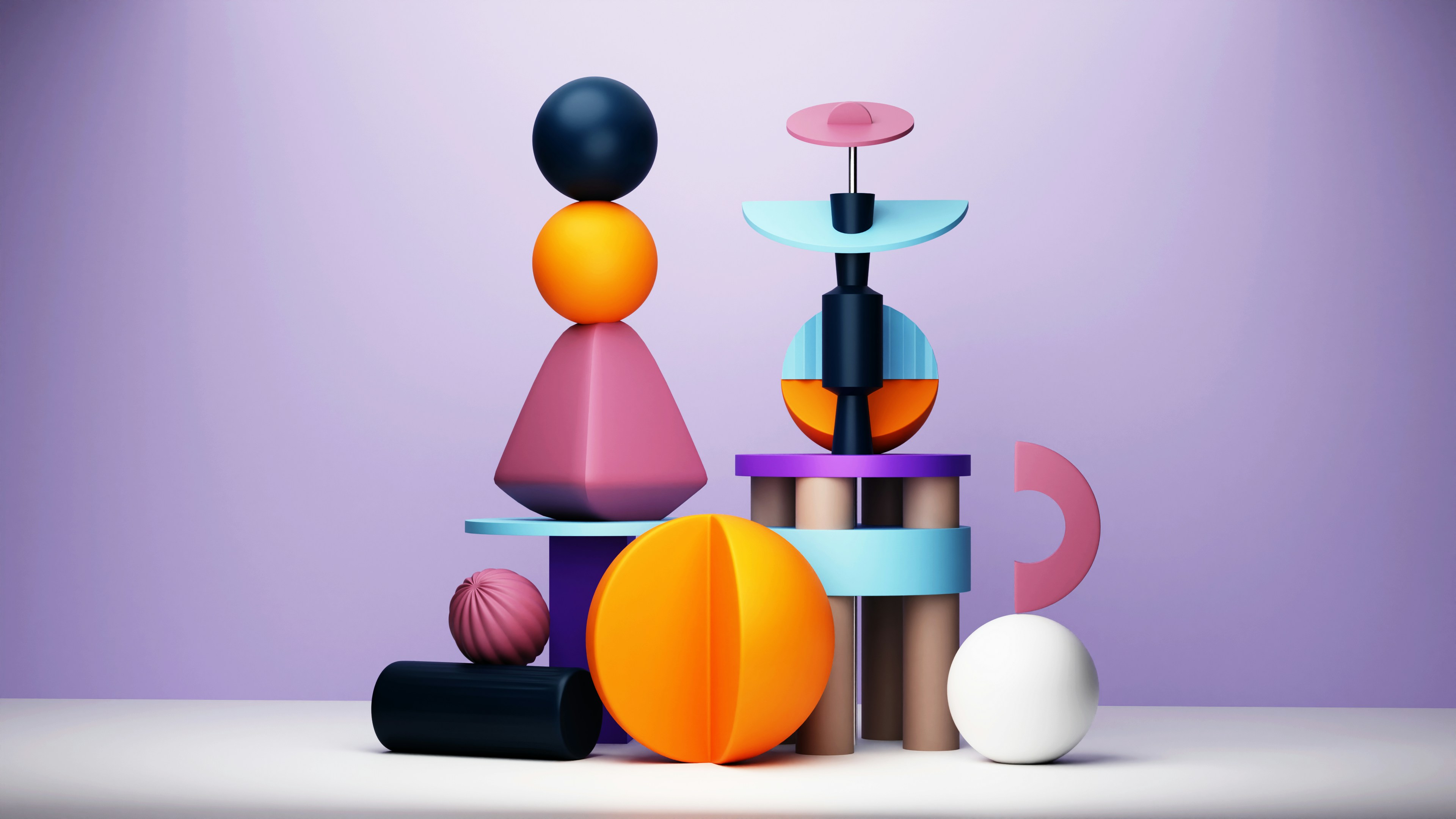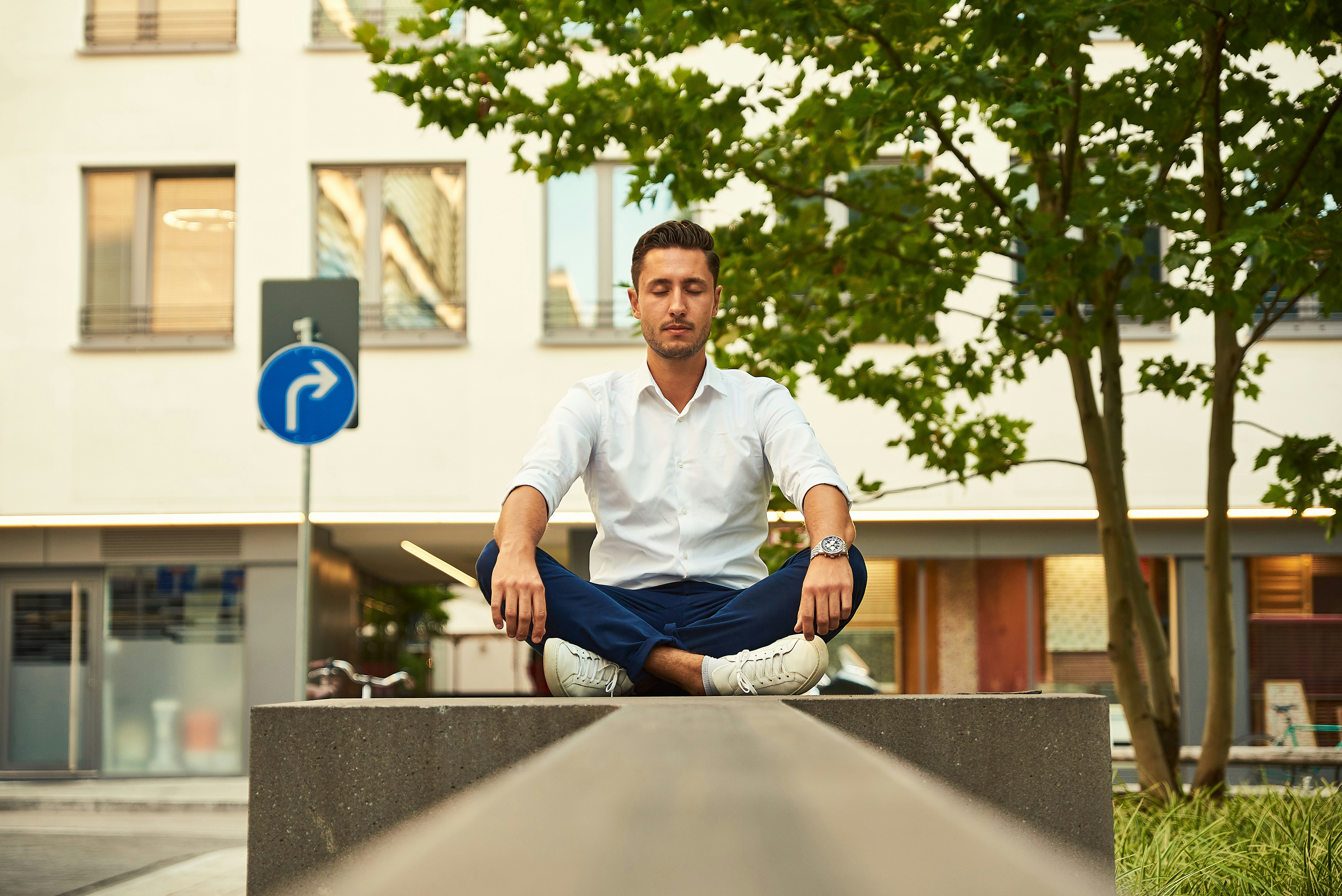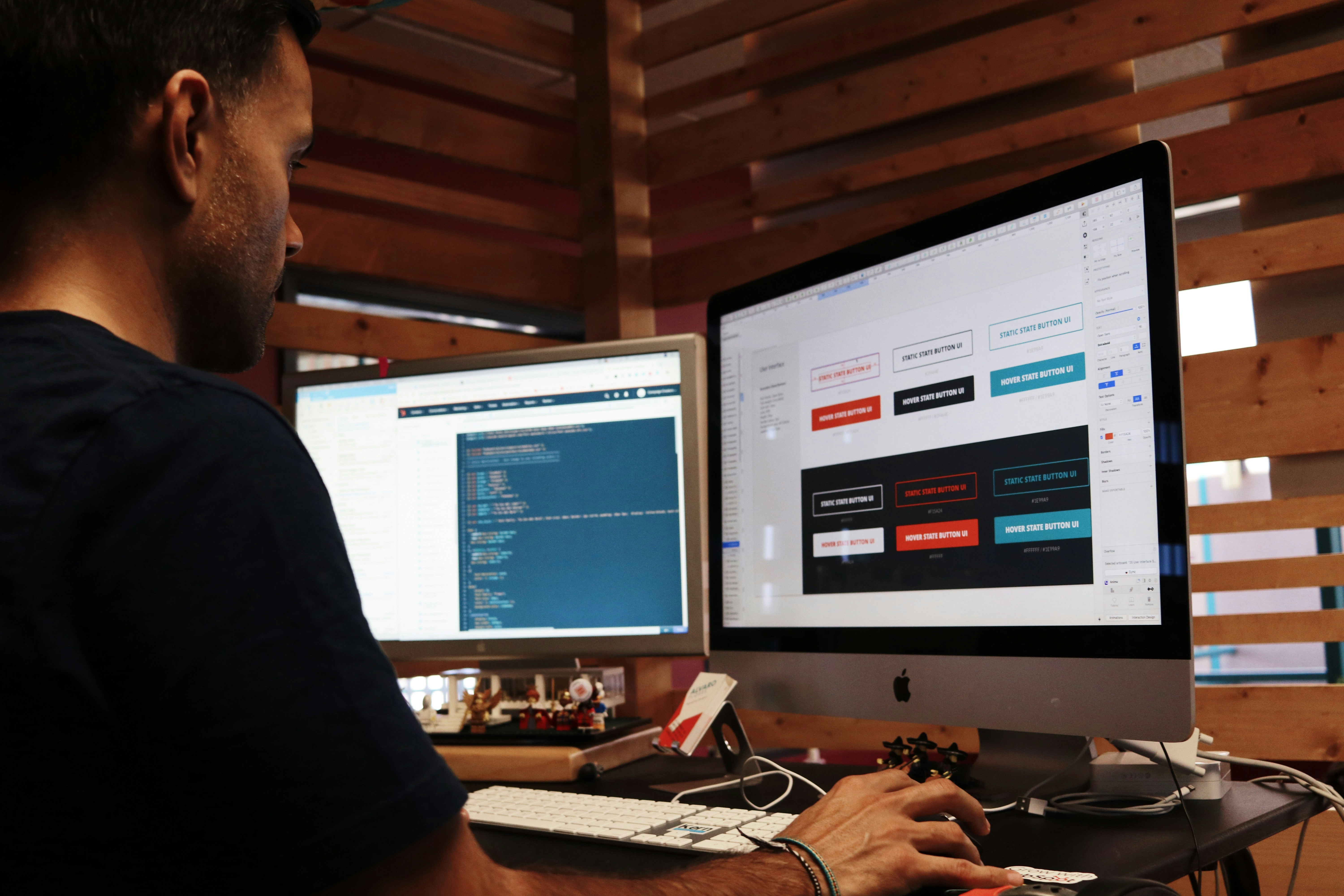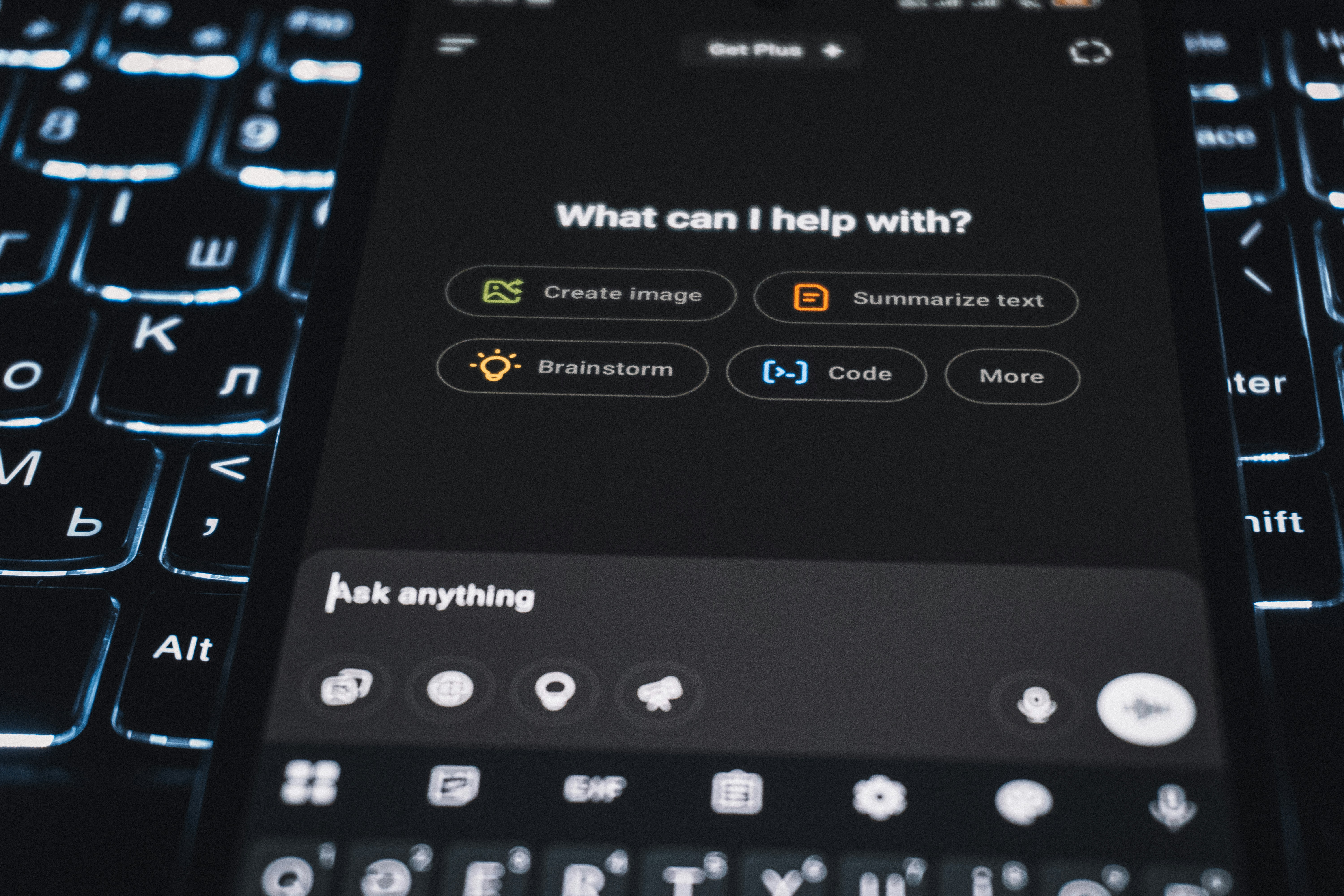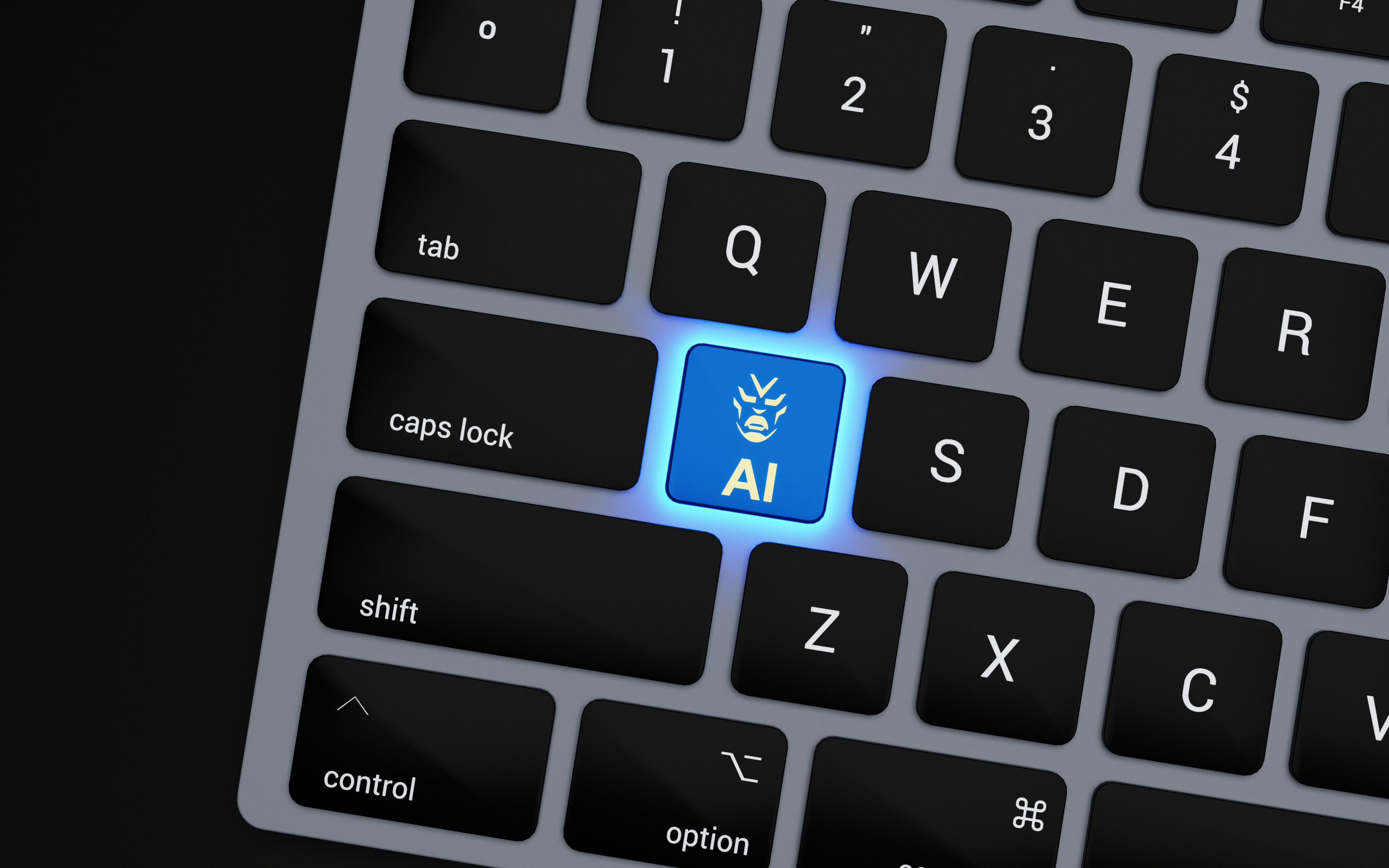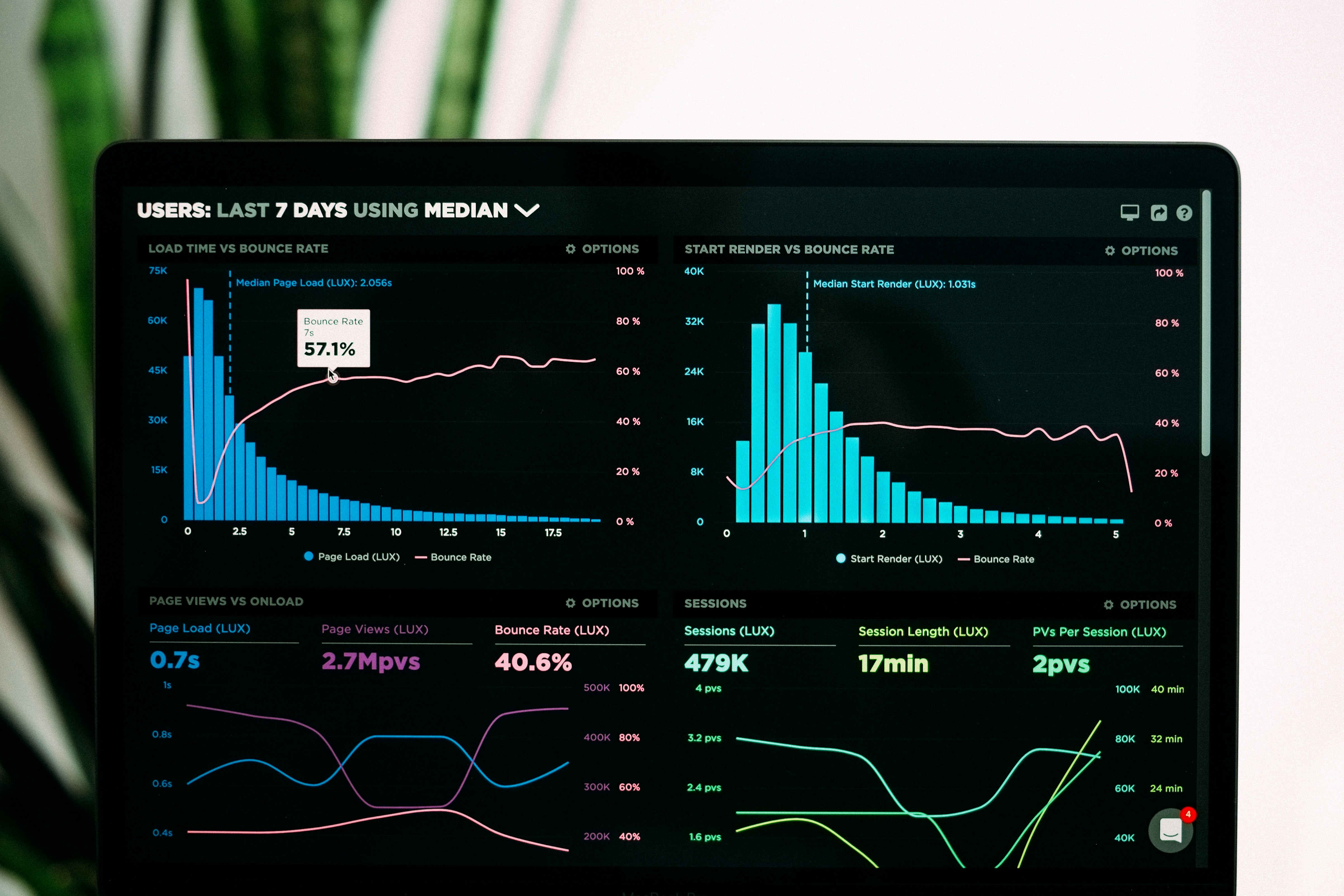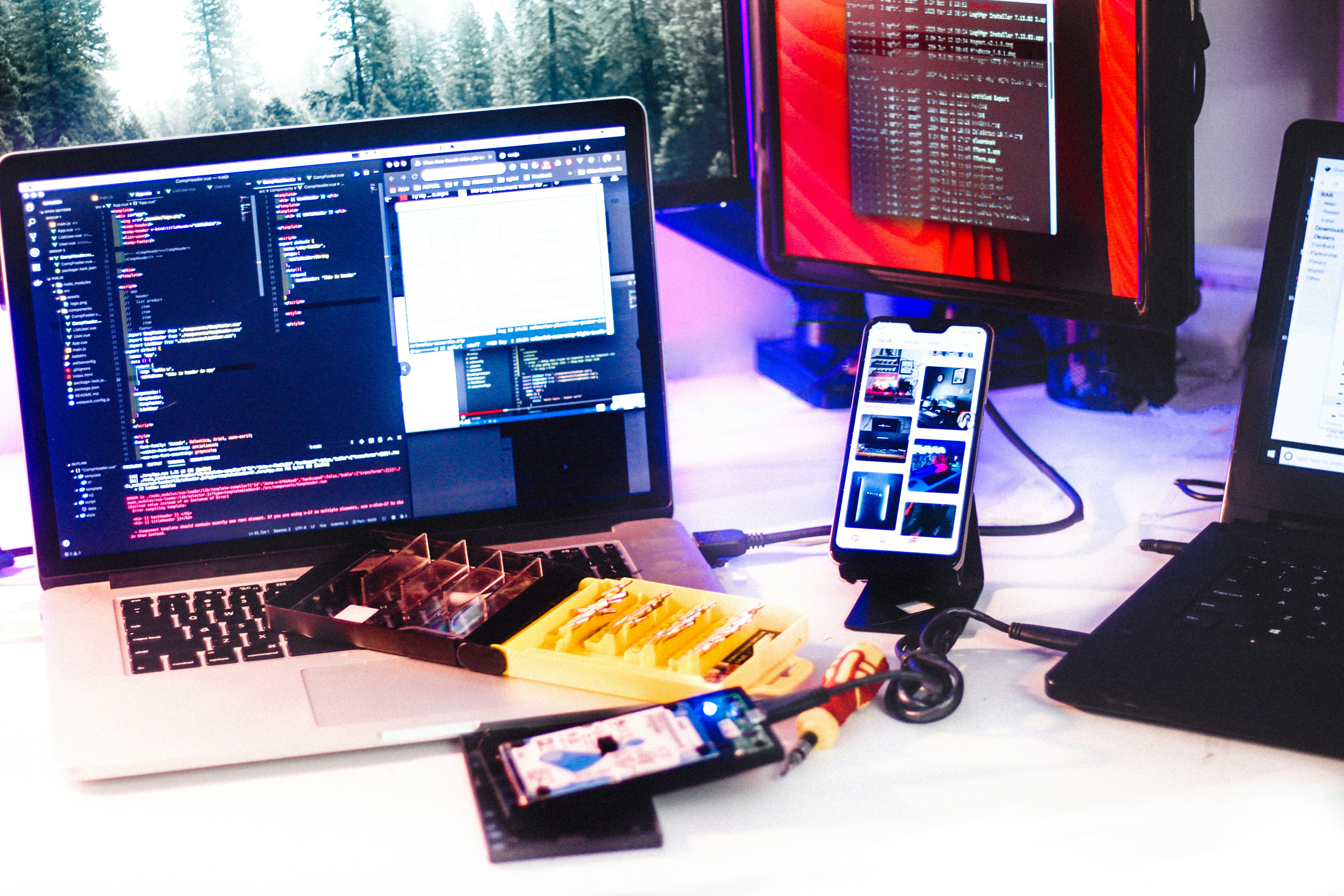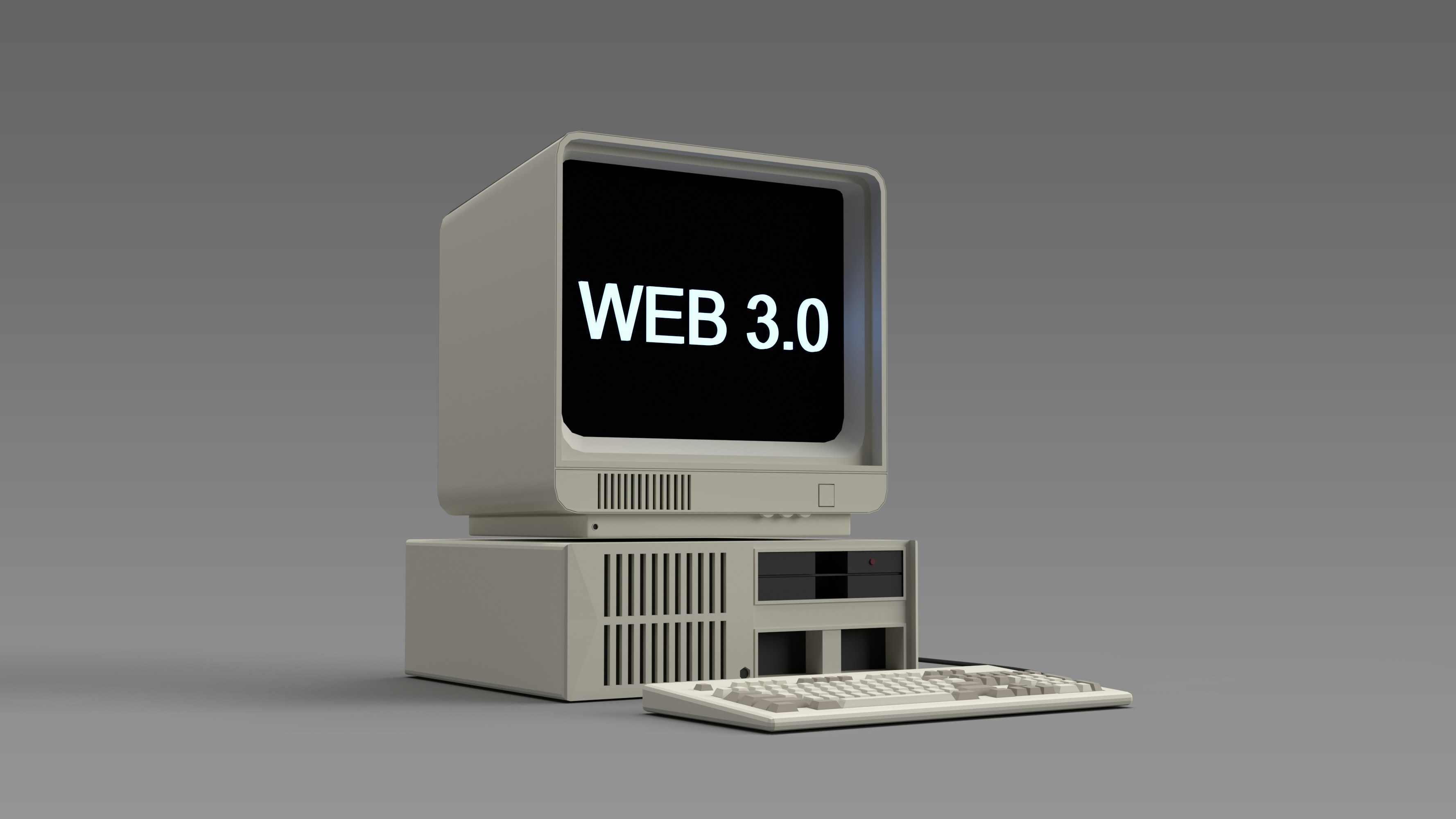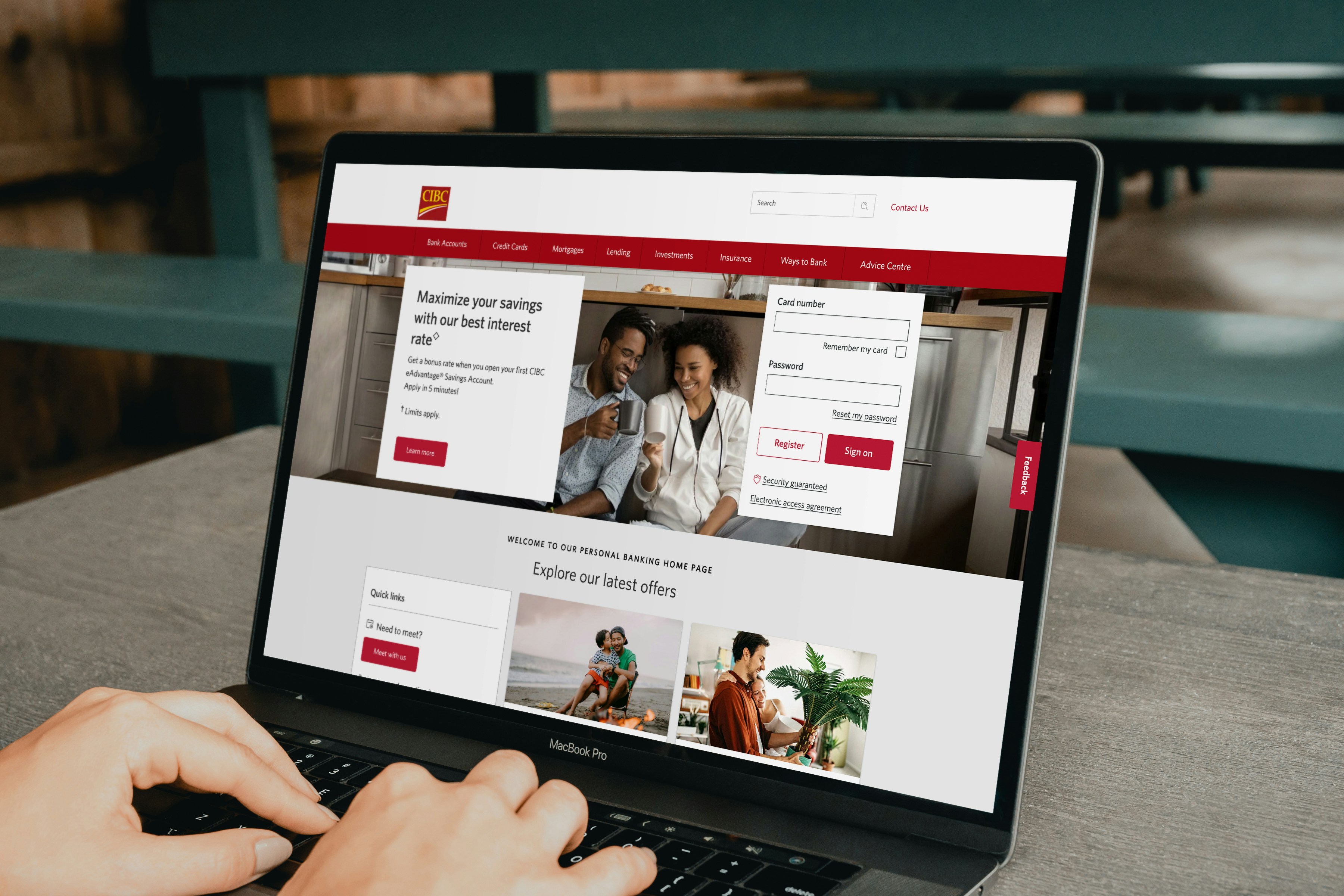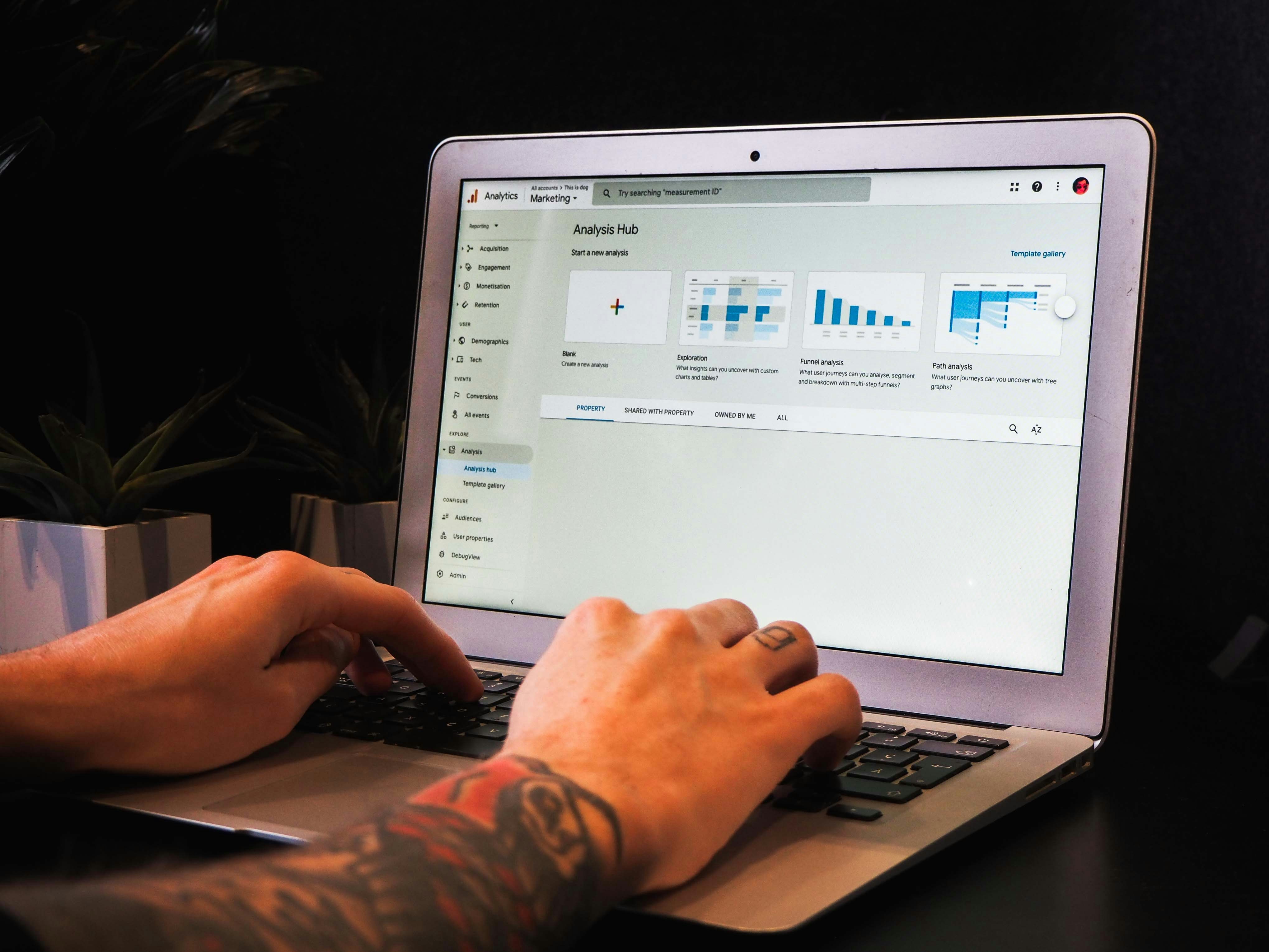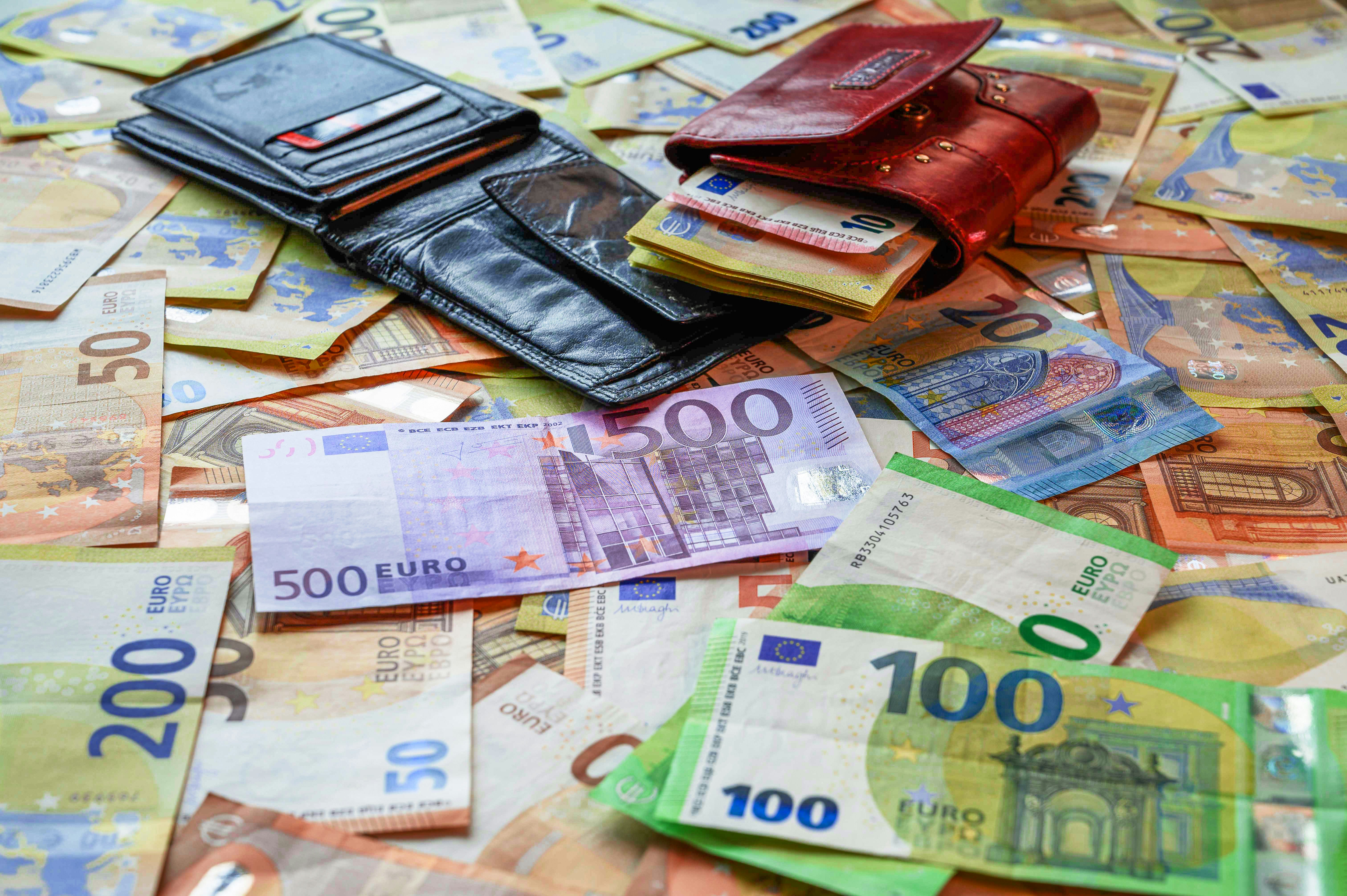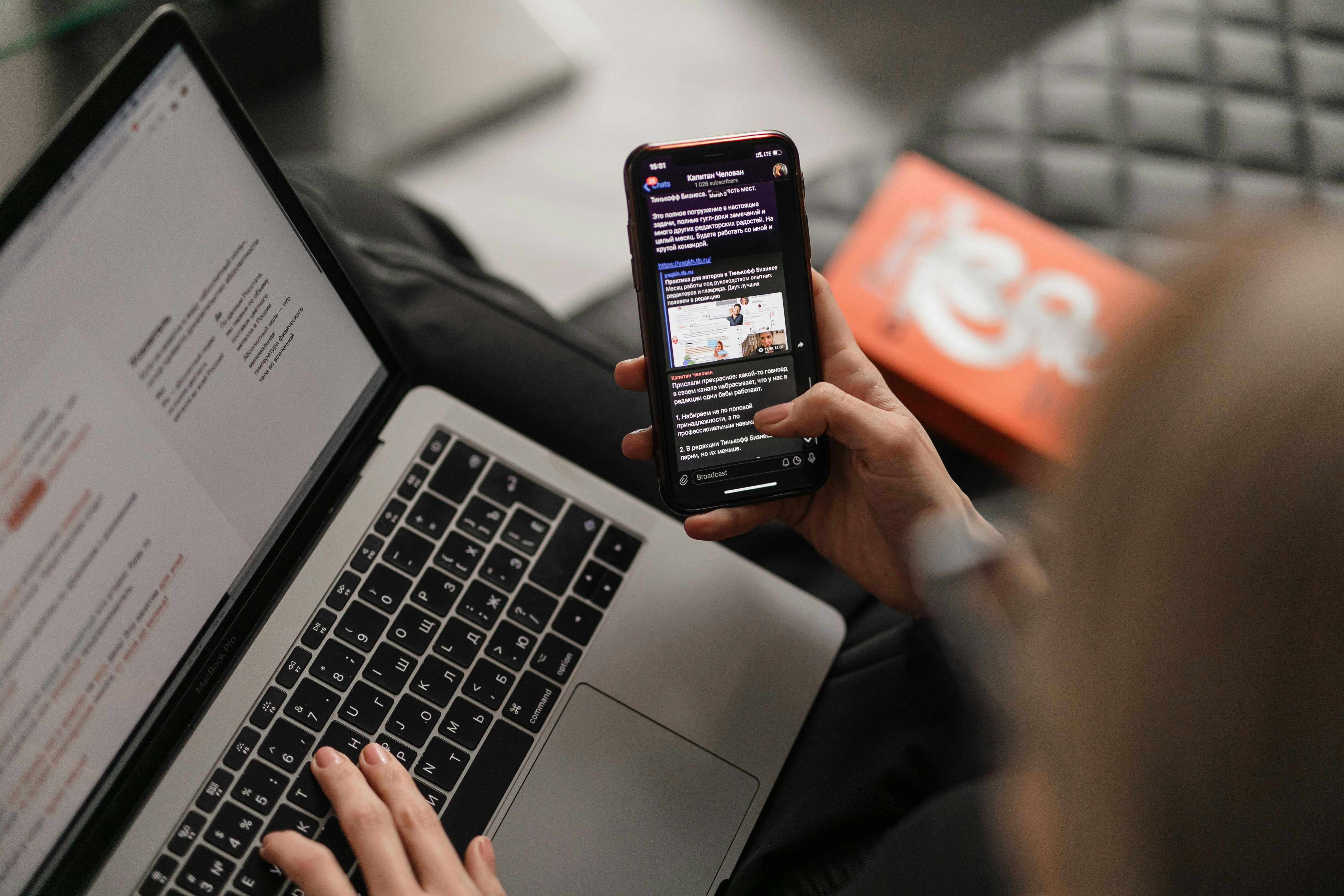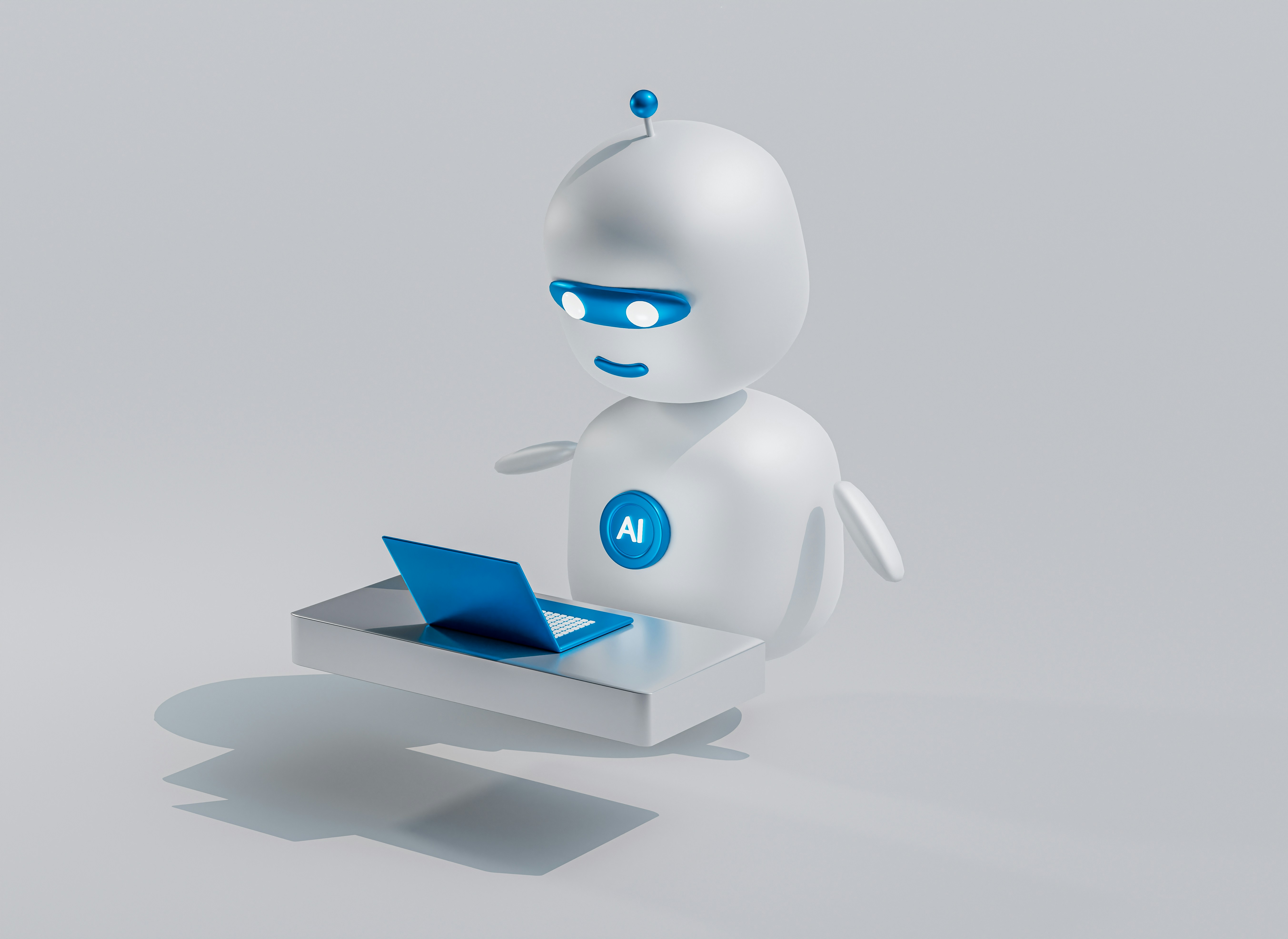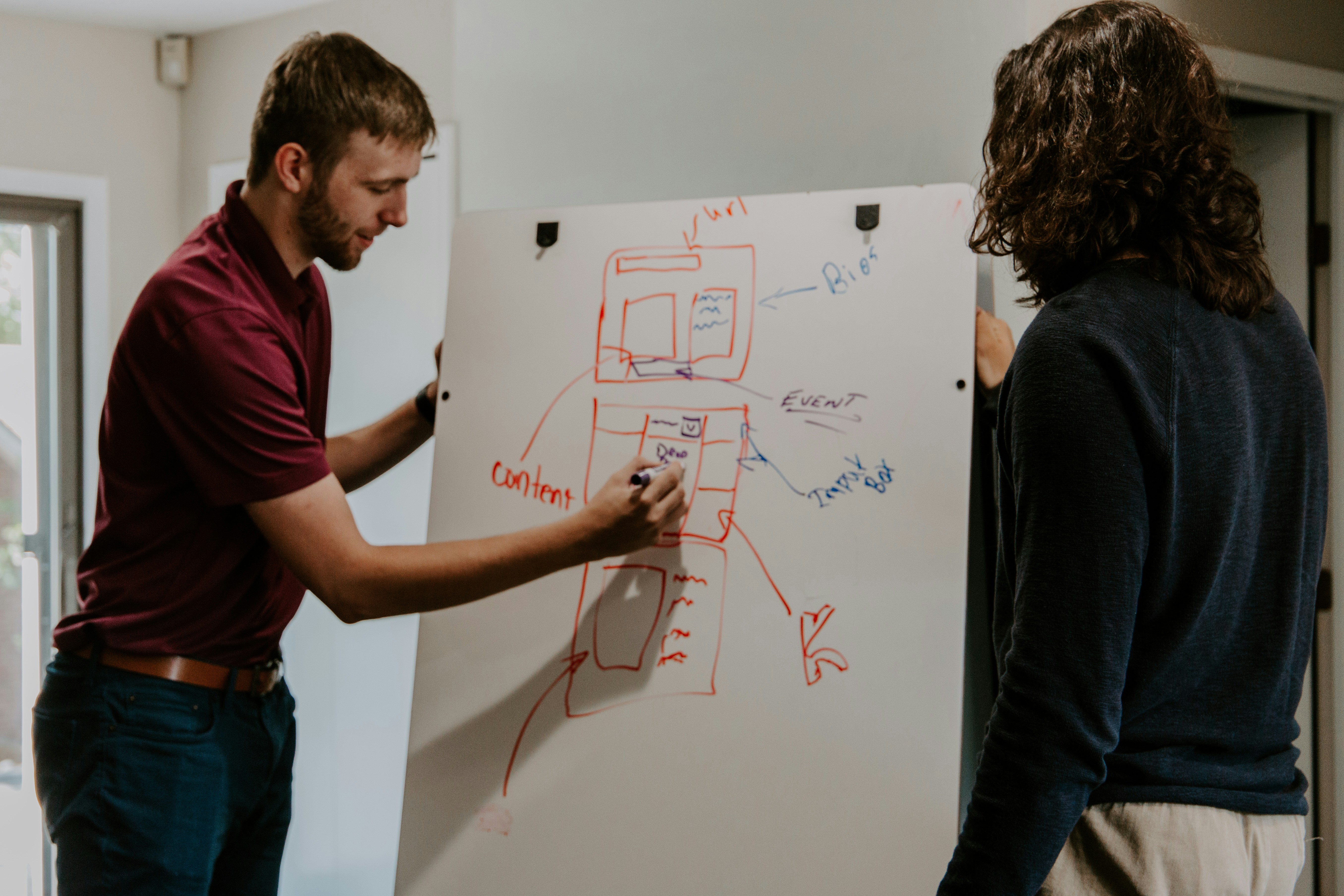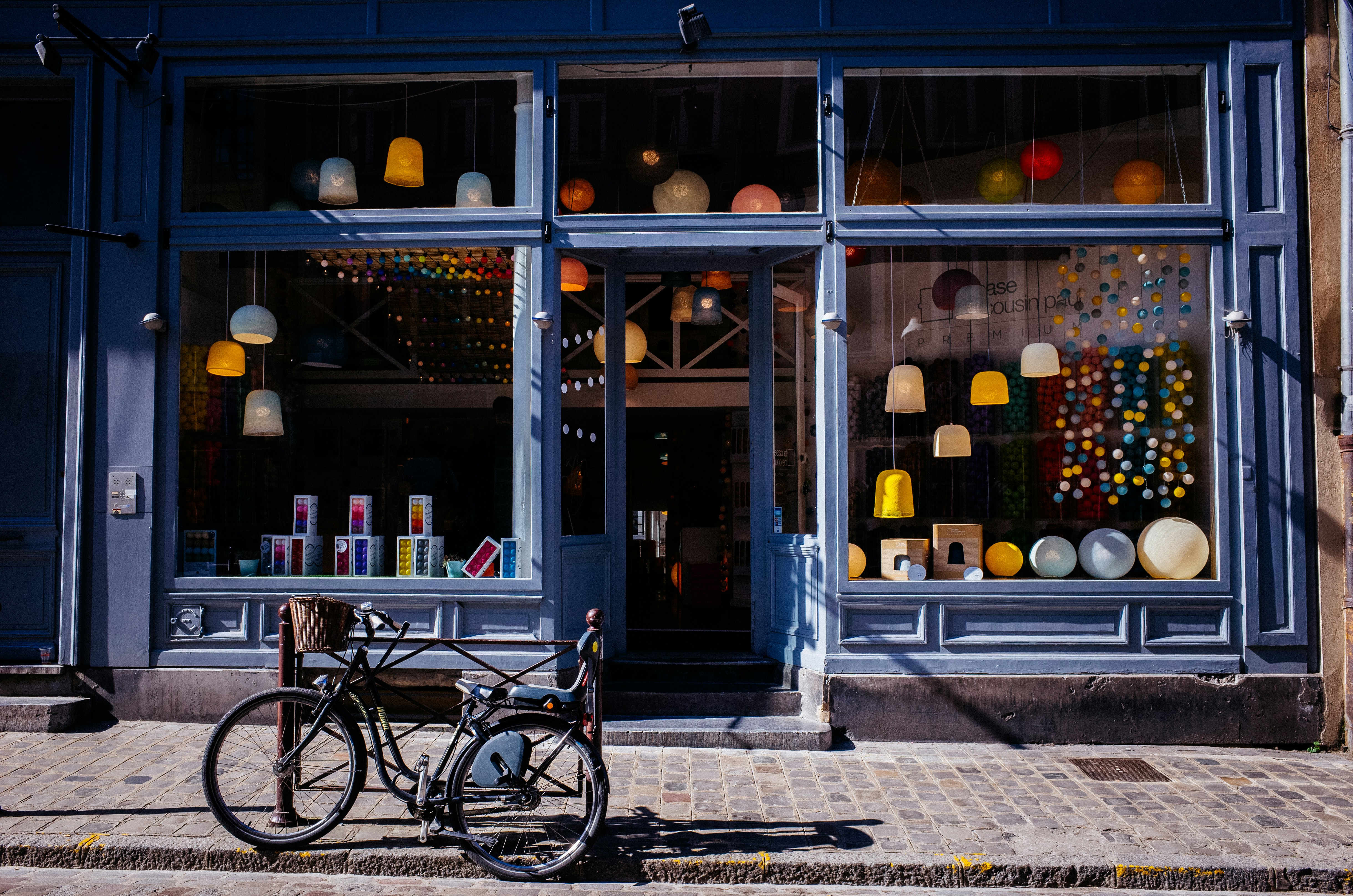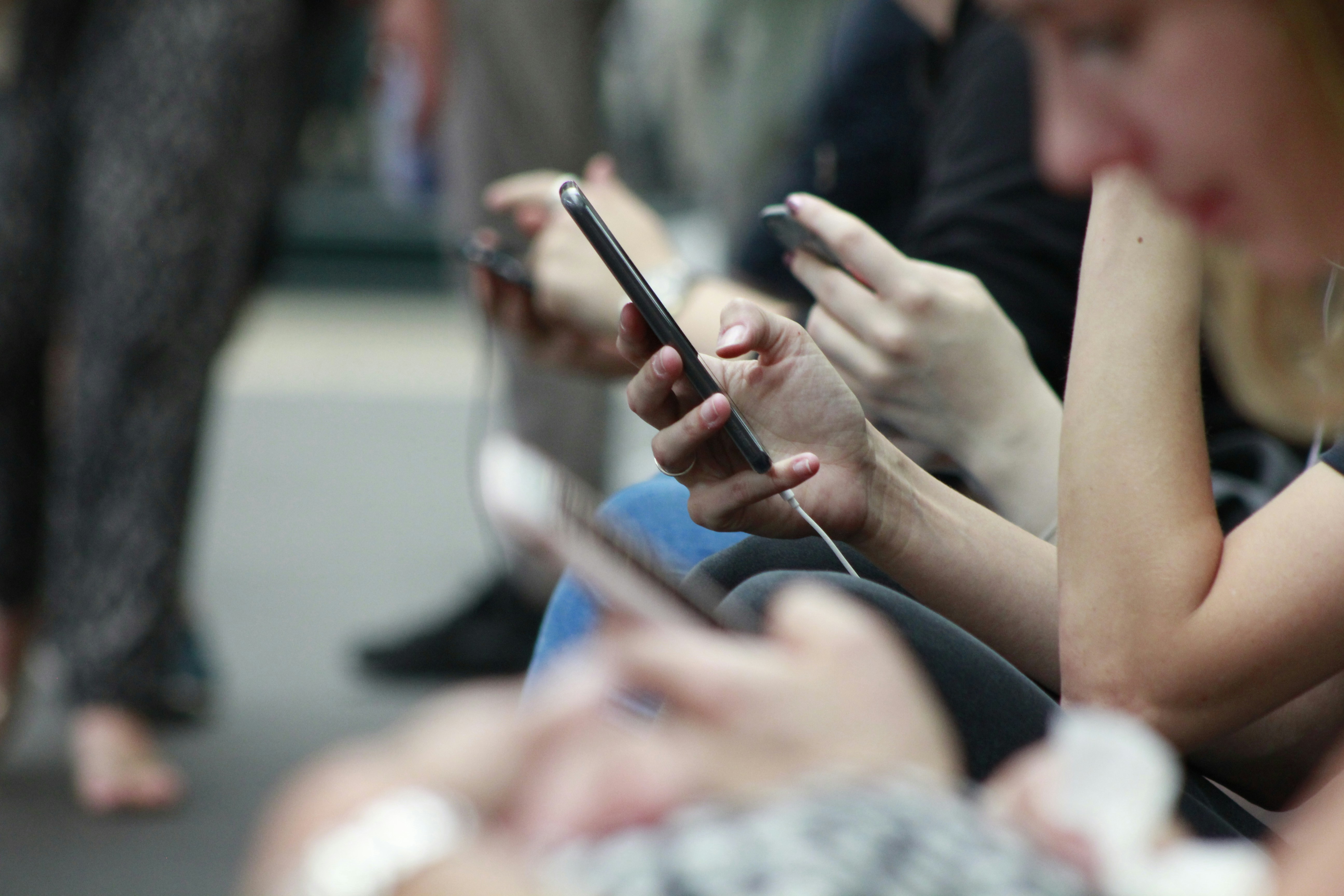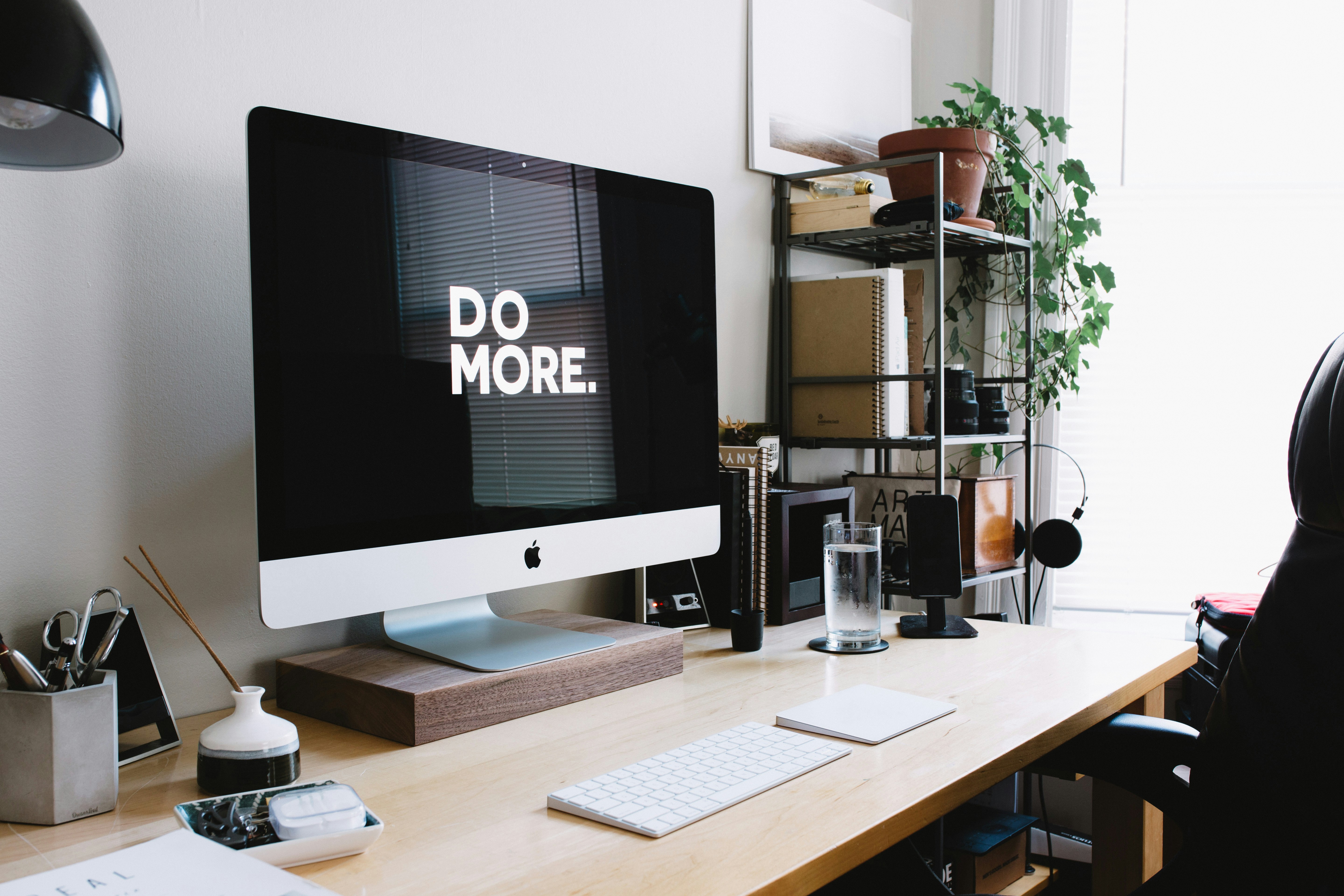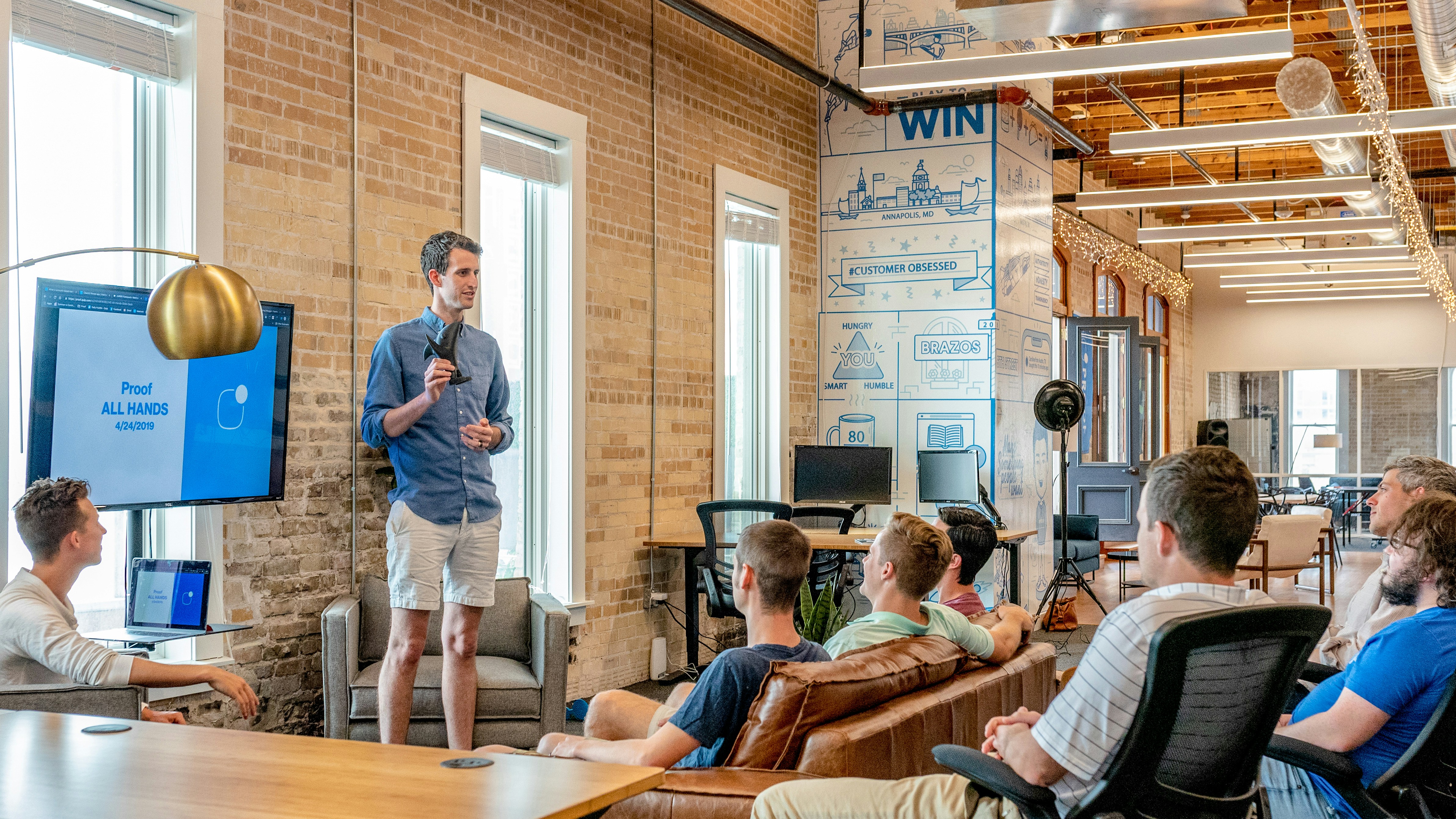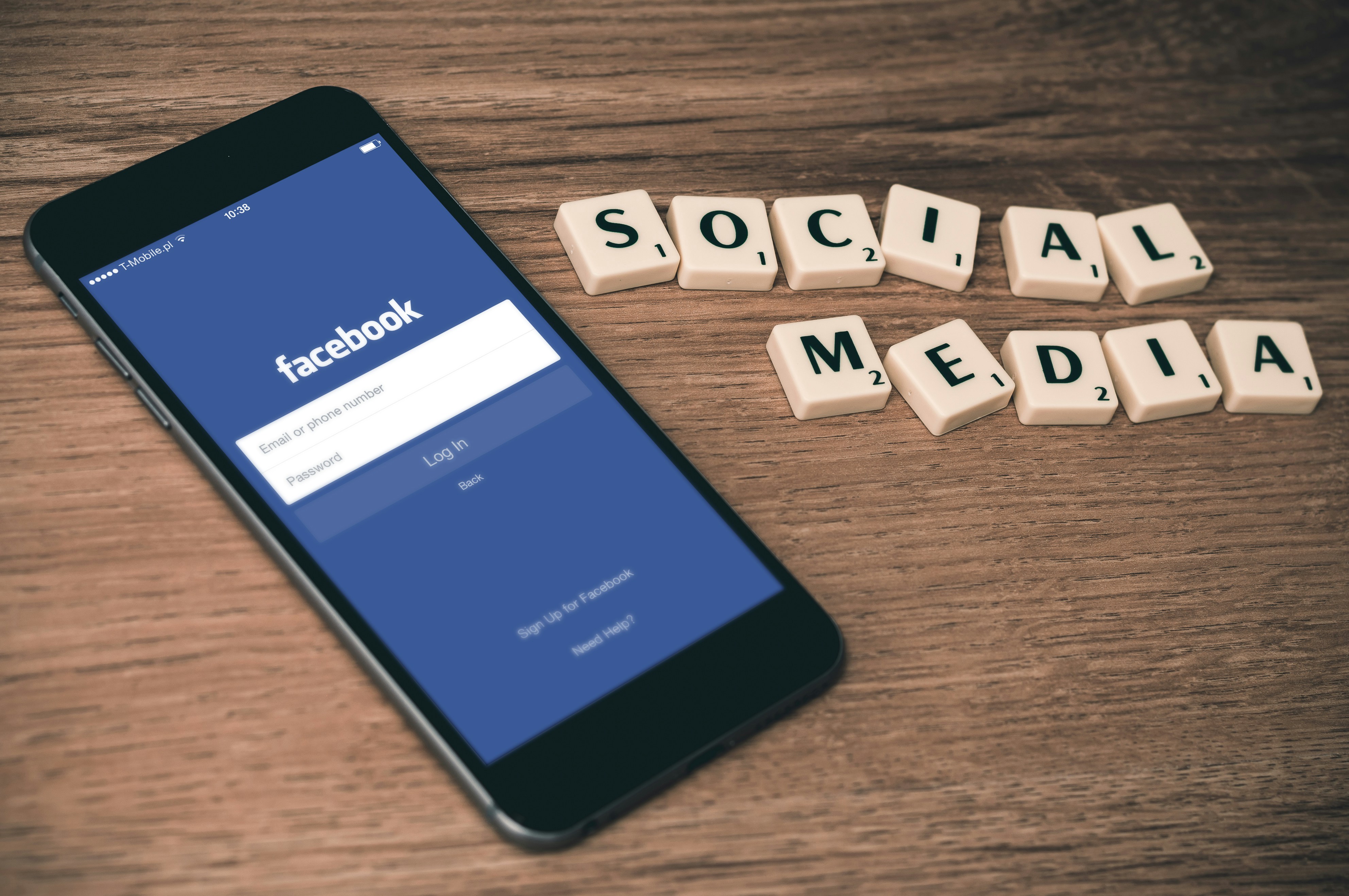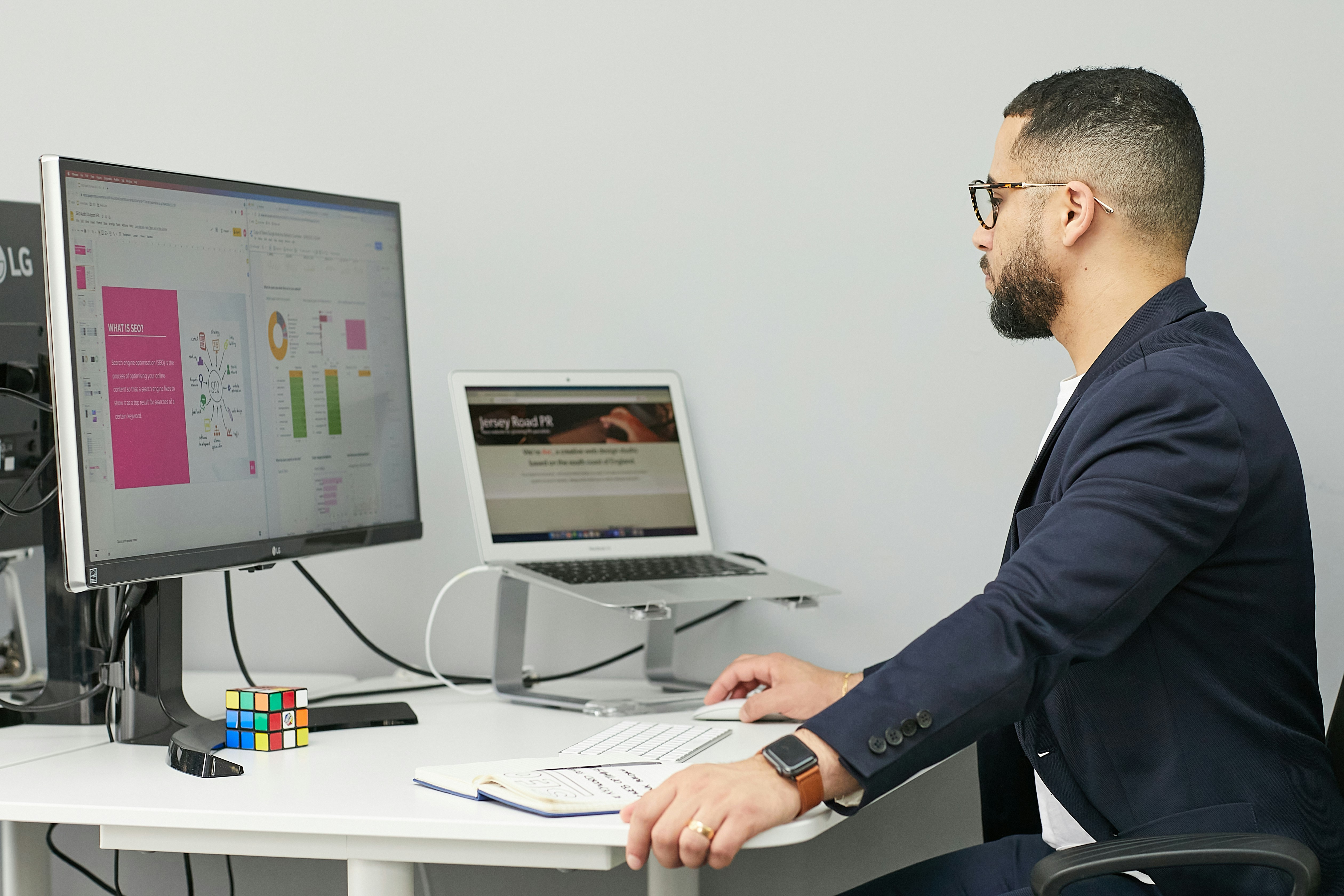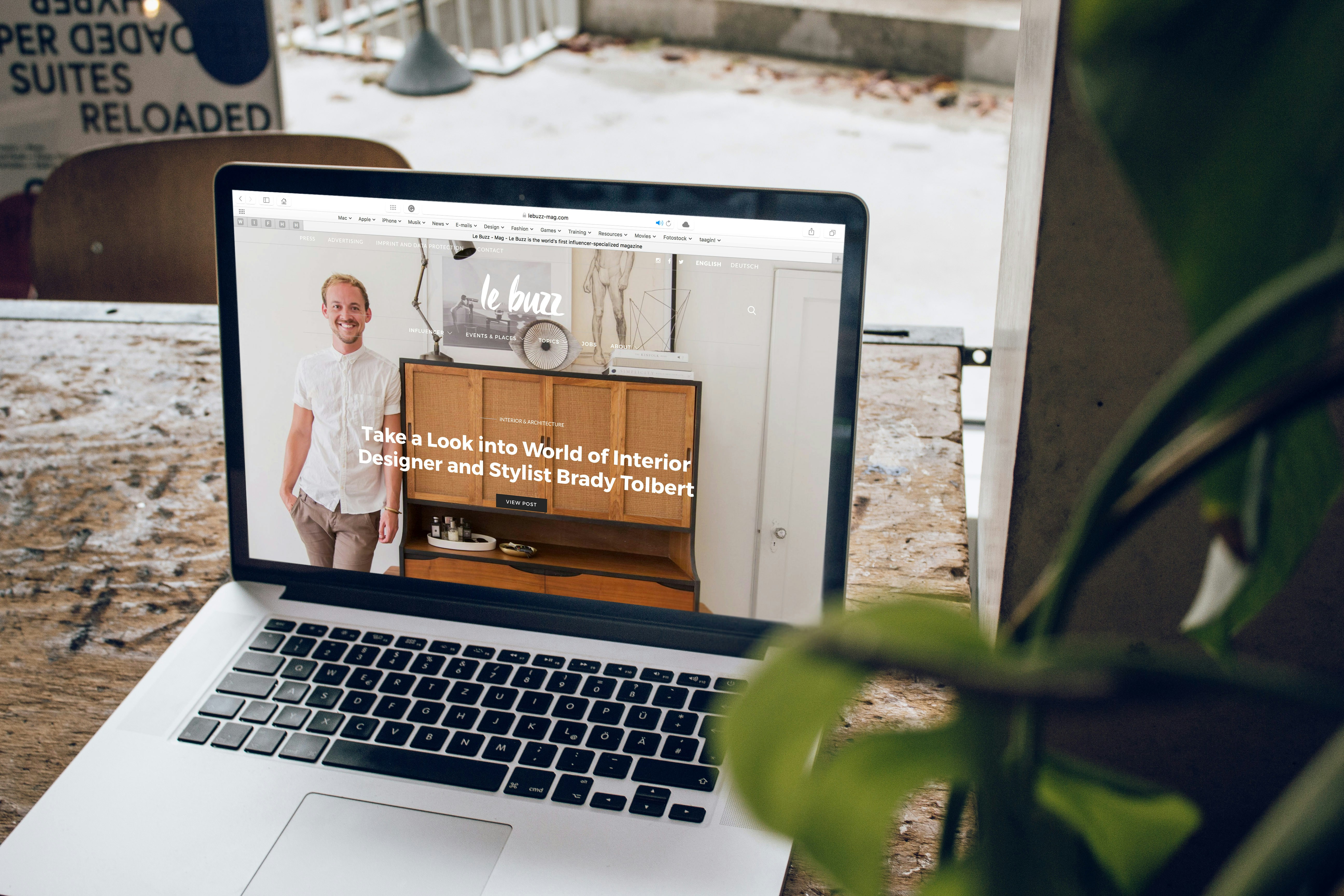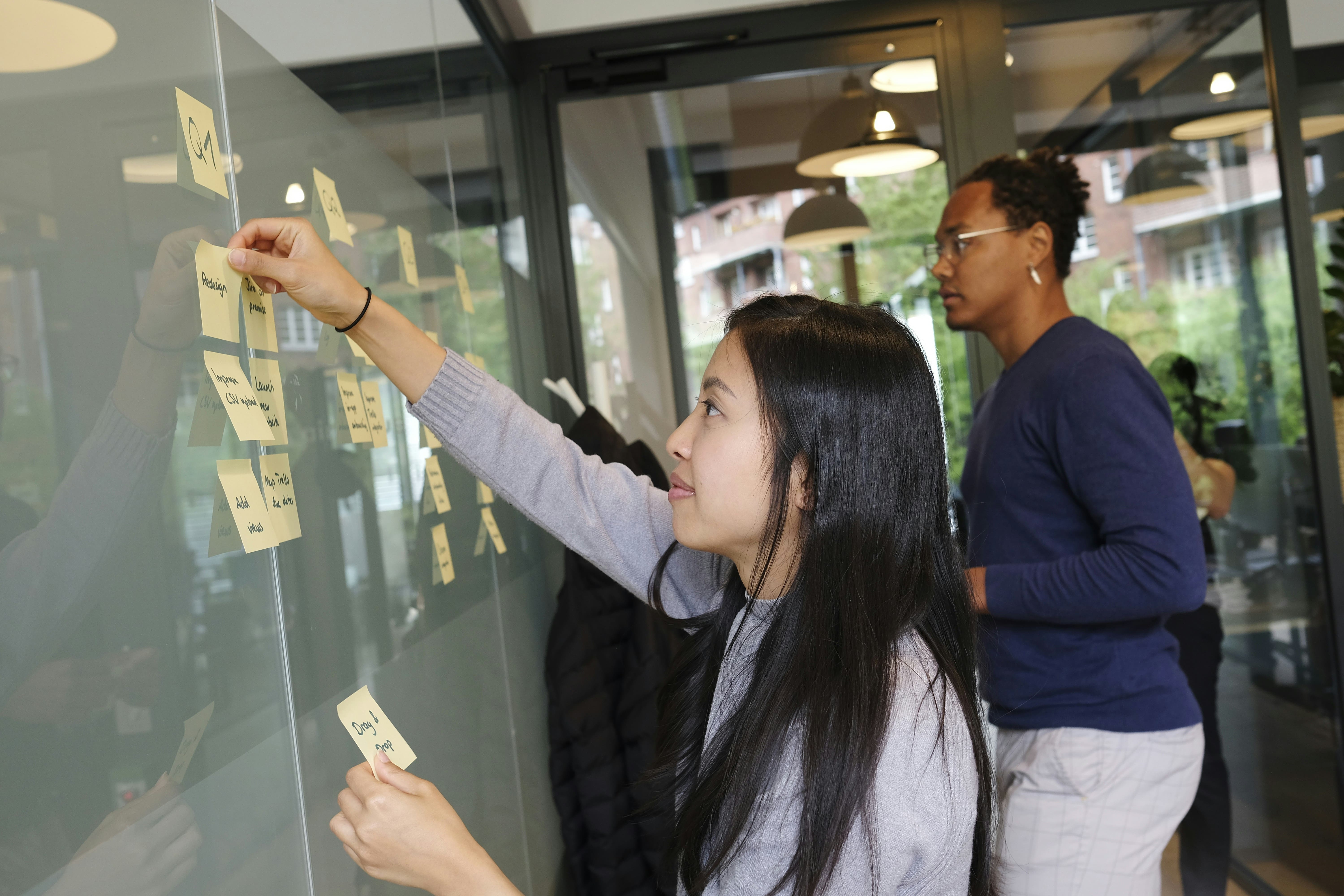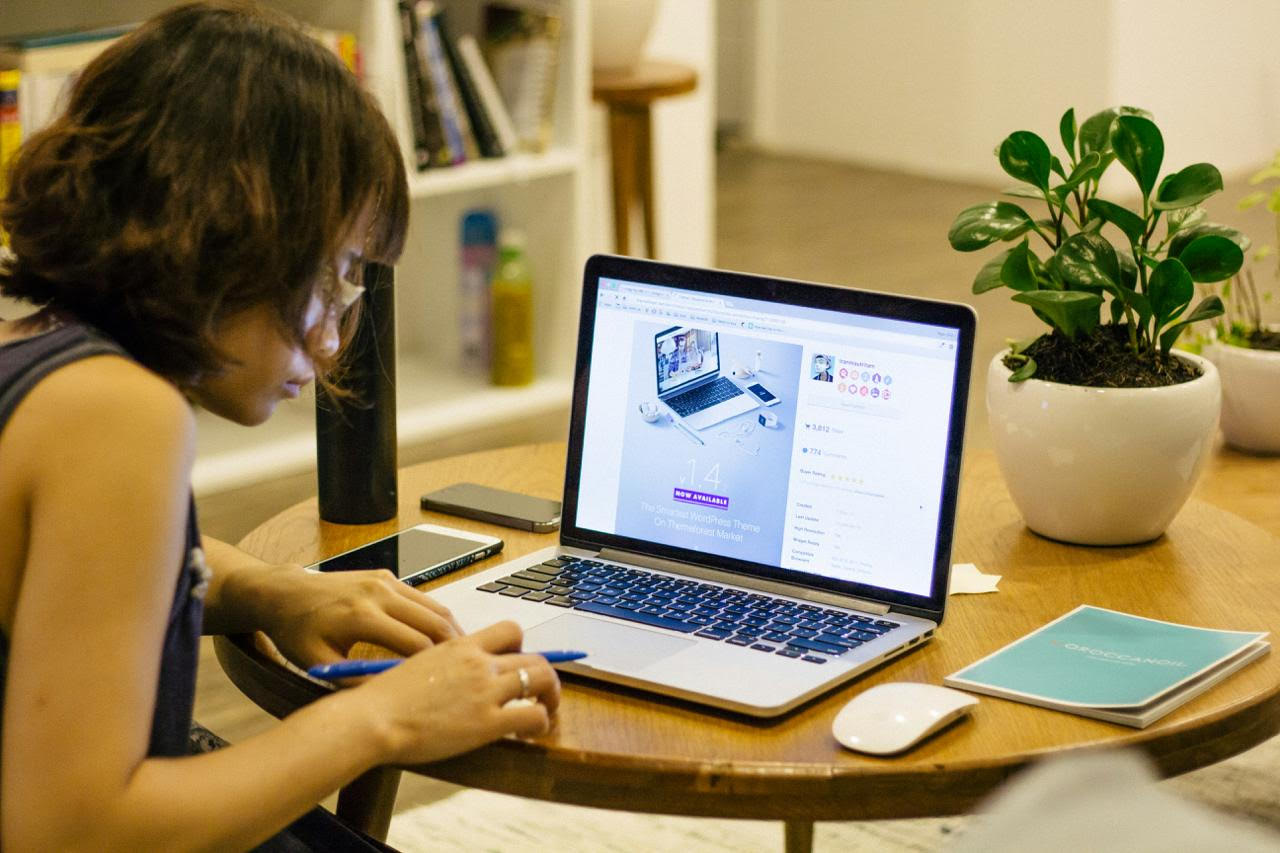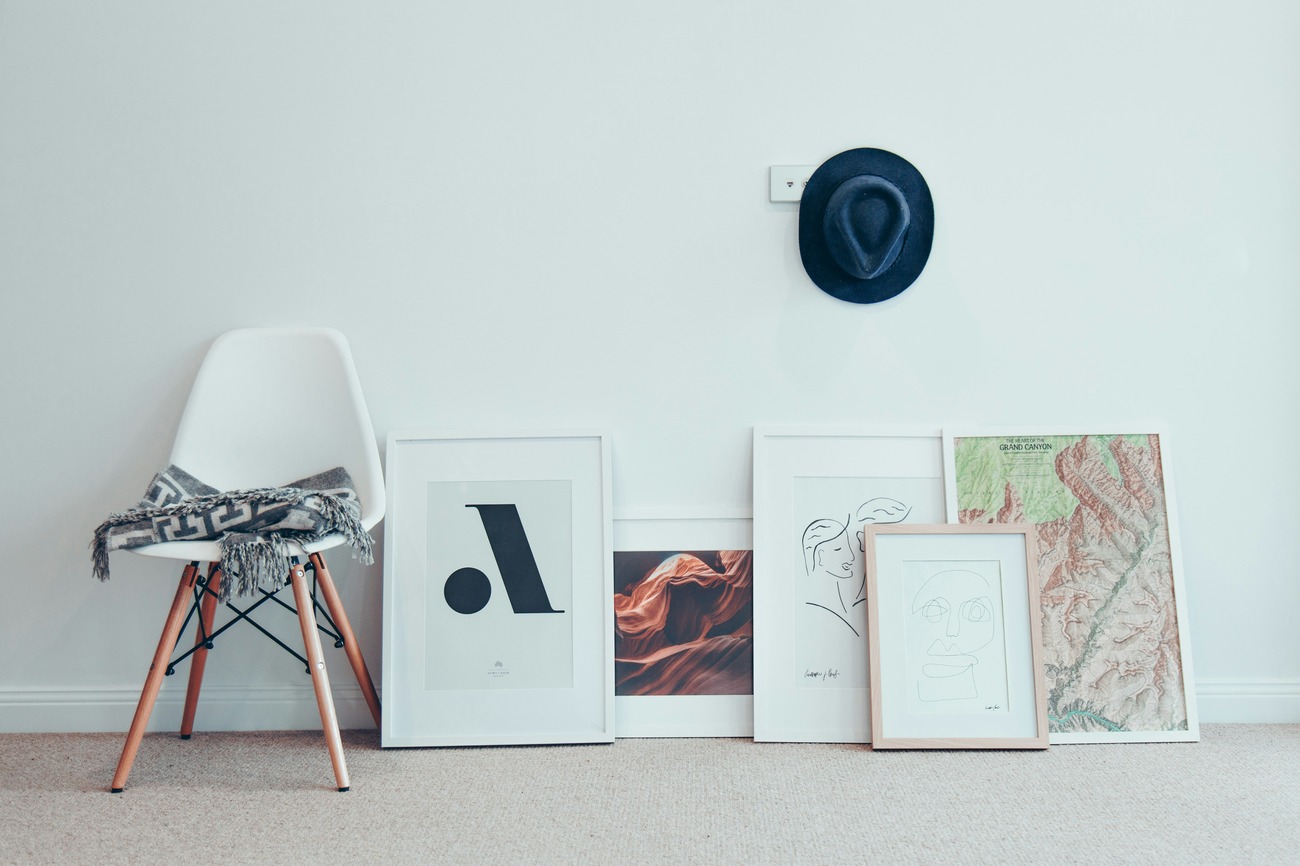The Role of Curiosity: How to Inspire Visitors to Keep Clicking
Curiosity is the fuel that drives human behavior. It’s the reason we click on an article, play a video, or keep scrolling on a website. In the digital world, where attention is scarce, curiosity can make the difference between a visitor who leaves instantly and one who stays, clicks further, and eventually becomes a customer. When you apply this psychological principle consciously in your web design and content, your website transforms from an informational page into an engaging journey of discovery.
The First Impression Sparks the Flame
A visitor decides within seconds whether to stay or leave. That’s why it’s crucial to strike the right chord immediately. A powerful headline that raises a question or makes a promise works far better than a dry description. Instead of revealing everything right away, create intrigue through a touch of mystery. Phrases like “Discover what most businesses get wrong…” or “The simple secret to keeping visitors on your site longer” invite readers to continue exploring.
Visual elements can strengthen that first impression. An intriguing image, a subtle animation, or an unexpected color transition can trigger the same sense of curiosity as a compelling line of text. The goal is to capture attention — and hold it — without giving the full story away.
Storytelling as the Core of Curiosity
Stories naturally captivate people. They add structure, emotion, and anticipation. When you structure your website or content as a story — with a beginning that raises questions and a middle that builds toward a resolution — you create a sense of tension that keeps visitors engaged because they want to see how it ends.
Use storytelling across every part of your website: from your About page to your product descriptions. Don’t just explain what you do — explain why you do it. Introduce a challenge or conflict that resonates with your audience, and show how your product or service provides the solution. This transforms plain information into an experience.
Design That Invites Exploration
Curiosity also lives in design. A well-designed website subtly encourages visitors to explore without overwhelming them. Use micro-interactions — small, playful effects that appear only through action. Think of a button that gently glows when hovered over, an image that zooms in on scroll, or a hidden section that reveals itself after interaction.
These details create a sense of discovery. Visitors feel like there’s always something new to uncover, motivating them to stay longer and dig deeper. A website that sparks curiosity feels alive — it moves with the user instead of just sitting still.
Balancing Information and Reward
Curiosity only works when you balance what you reveal and what you hold back. Give just enough information to capture interest, but save the full story for the next step. Short paragraphs, teasing subheadings, and clear calls to action help maintain suspense.
Every click should feel rewarding — whether it leads to an insight, a useful tip, a free resource, or an inspiring example. Visitors quickly learn that clicking further pays off. It’s the digital equivalent of turning the page in a great book — you keep going because each new piece adds value.
Trust as the Foundation of Curiosity
Curiosity is powerful, but it only lasts when it’s backed by trust. Overpromise or mislead, and you’ll lose credibility. Visitors appreciate brands that spark genuine curiosity and deliver on their promises.
By consistently providing value, you build a lasting relationship with your audience. People don’t just return because they’re curious — they return because they know your brand respects their time. Curiosity then evolves from a fleeting impulse into a lasting motivation.
A website that taps into curiosity feels like an ongoing adventure — a place where every click brings a new reward and every page invites deeper exploration. By blending smart content, thoughtful design, and a touch of psychology, you create an online experience that doesn’t just attract visitors but keeps them engaged. Curiosity becomes not just a tool, but a driving force for growth, engagement, and conversion.




